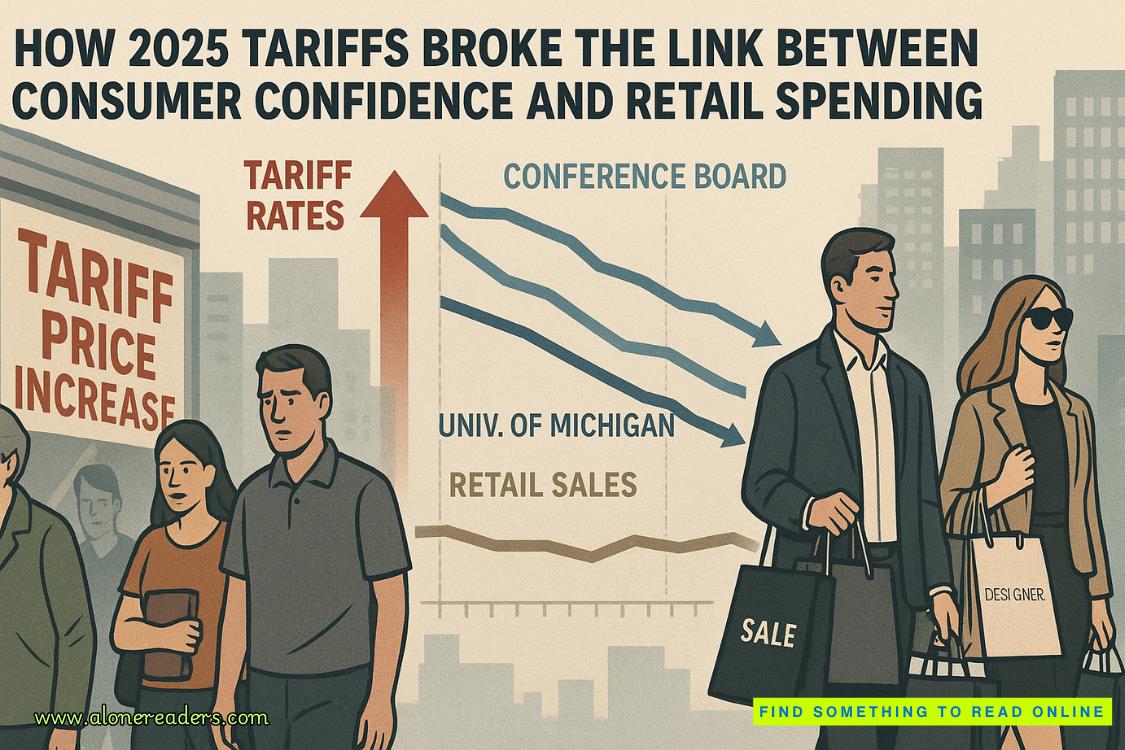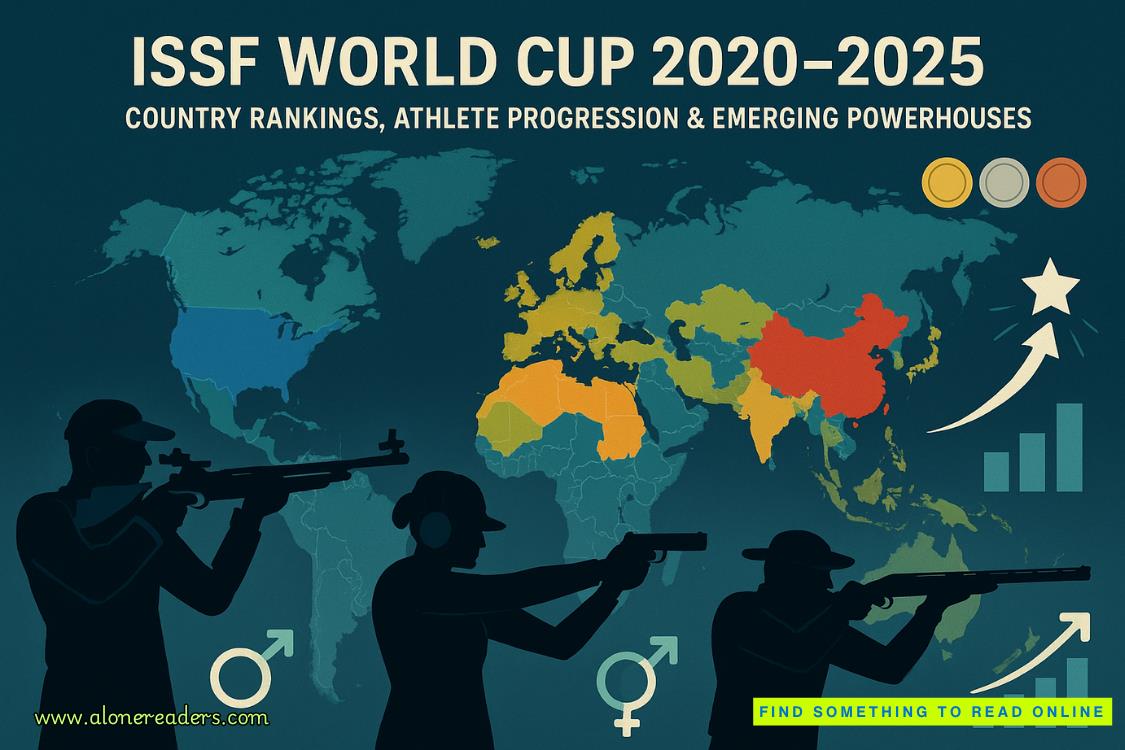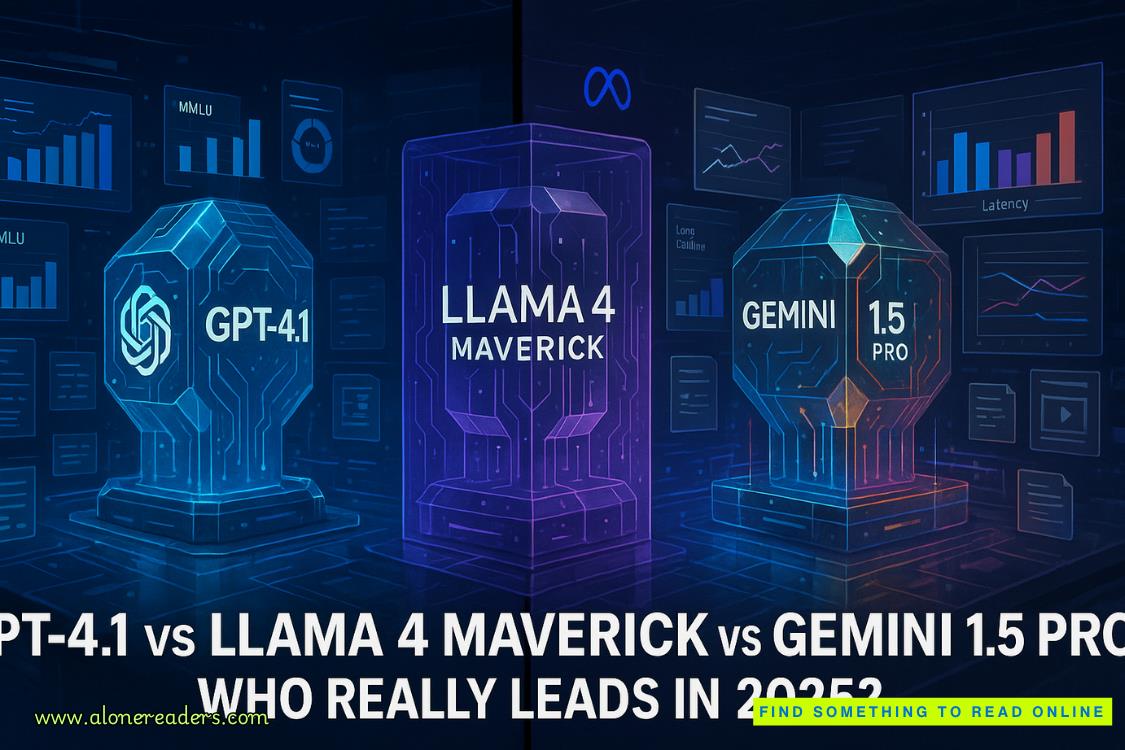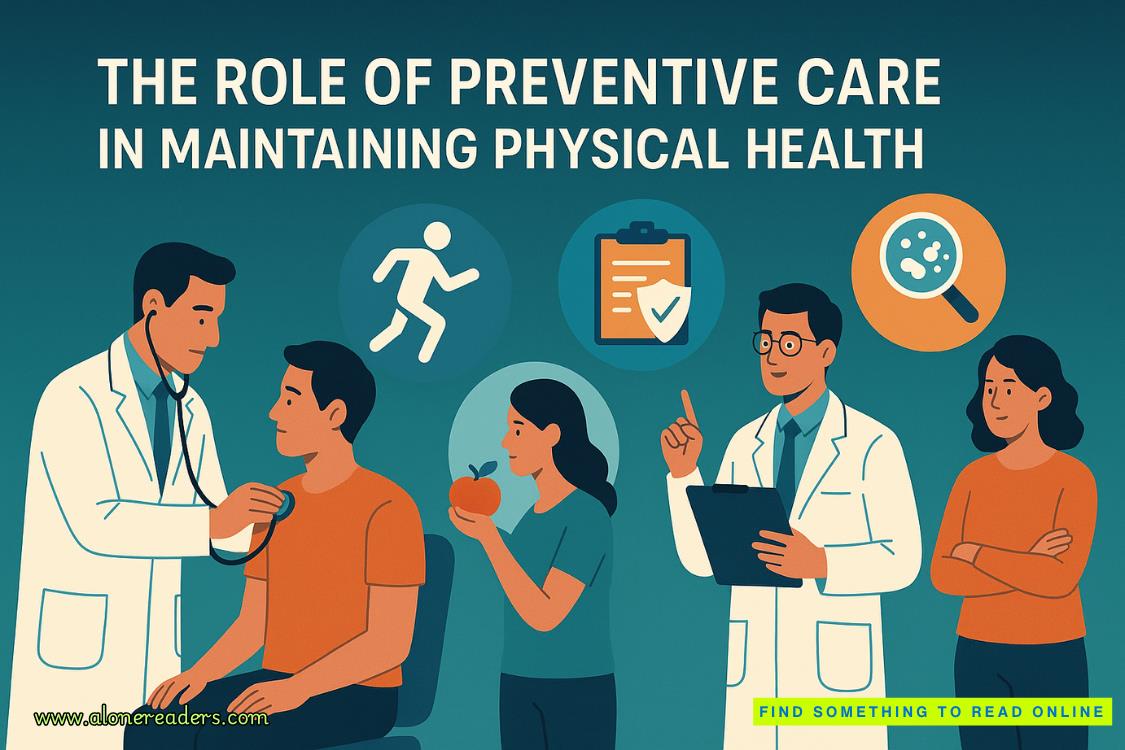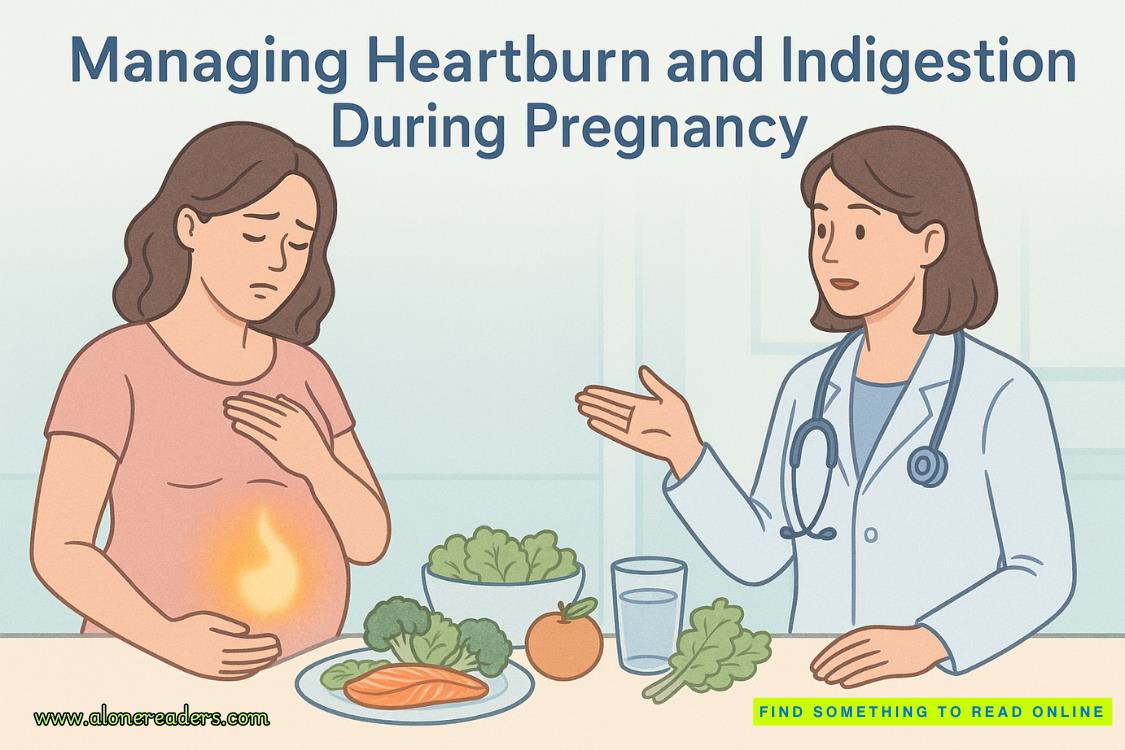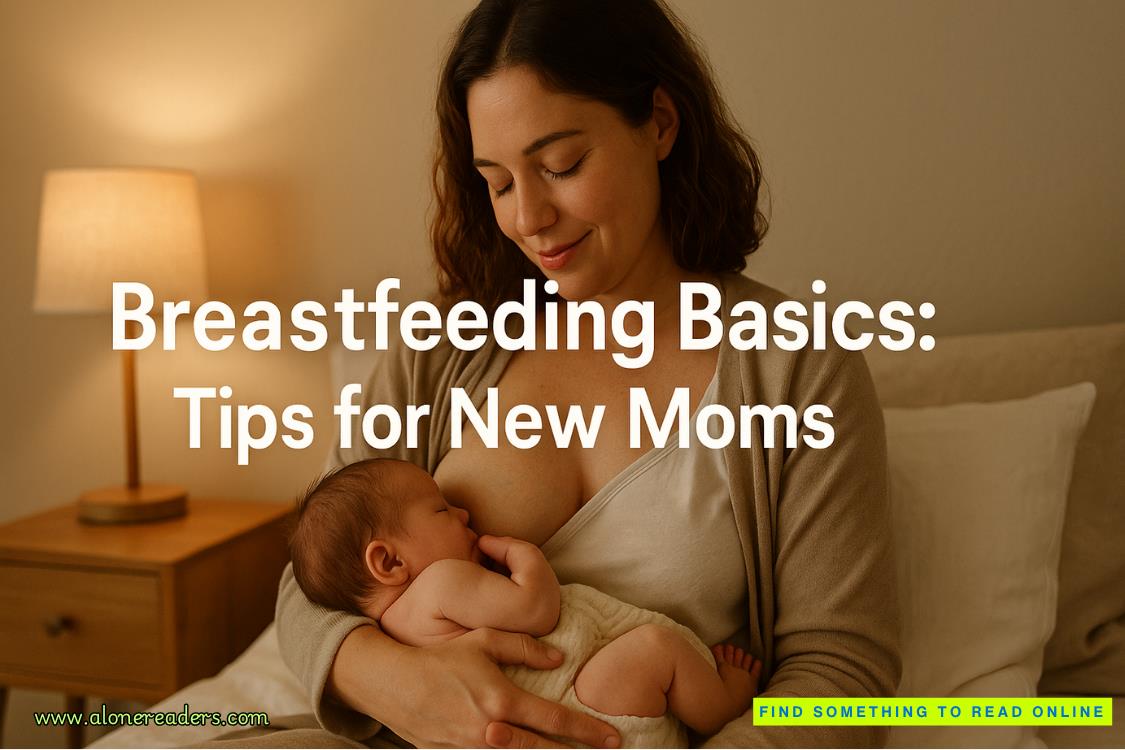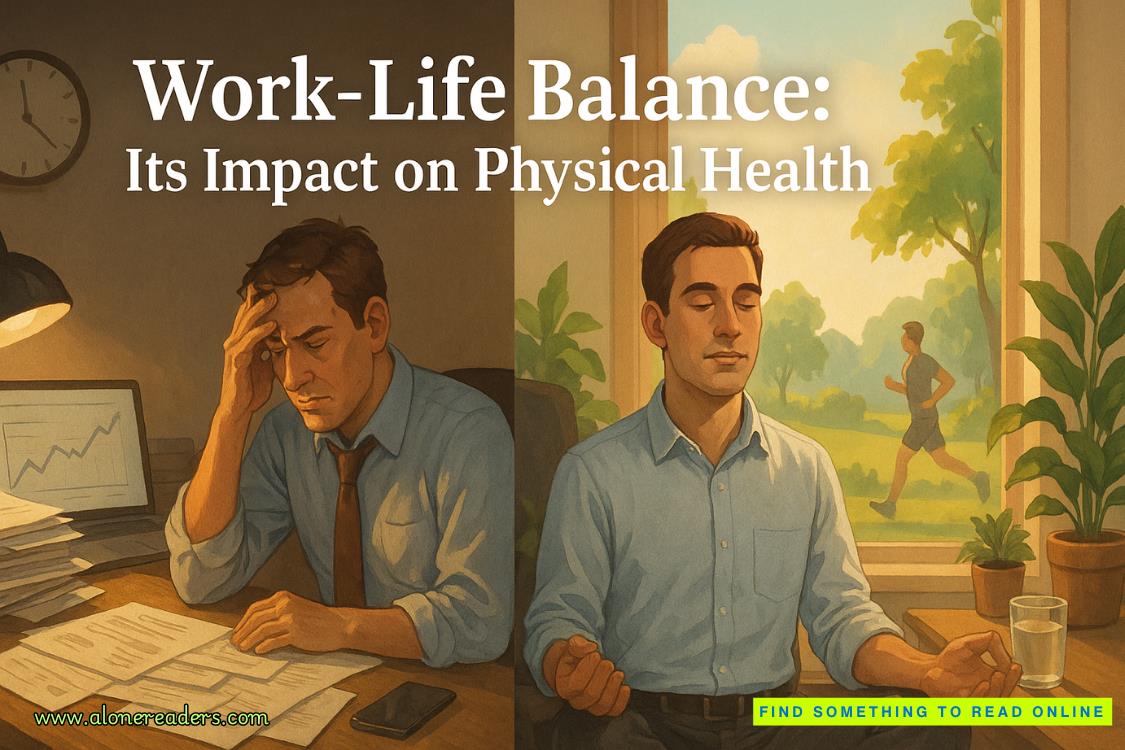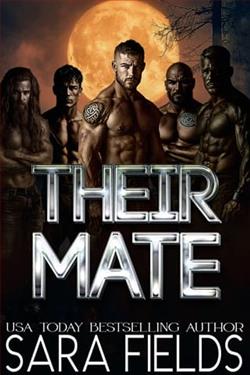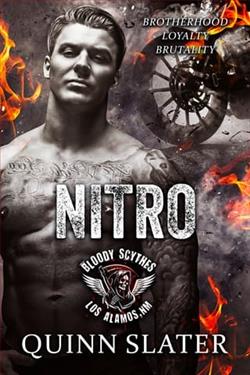Page 75 of Kiss Me Honey Hone
Taylor nodded, trembling hands clutching the blanket on his bed. “And you?”
Aaron swallowed hard, glancing out the window as though he could see the threat already lurking in the shadows. “I don’t know.”
All he did know, was that he neededKenny.
Aaron headed for the door. “Keep your head down,” he said over his shoulder. “And if anyone else comes asking questions, don’t answer. Don’t even open the door. And take down that fucking video!”
“Aaron?” Taylor’s voice was small, almost childlike.
Aaron paused but didn’t turn back.
“What’s going to happen to you?”
Aaron didn’t reply. He couldn’t. The fear clung to him like a rash and he left the room without another word, footsteps heavy as he descended the stairs. And as he stepped out into the cool air, it all hit him like an avalanche.
Carly was dead. Her files were gone. And whoever had them knew his name.
This wasn’t over. Not by a long shot.
* * * *
Kenny sat at the interrogation table, arms folded, jaw tight, doing his best to appear calm, collected. It was a thin veneer. One Jack, standing in the corner, could no doubt see right through. Jack wasn’t part of the questioning. That he was here at all, told Kenny he hadn’t declared his connection to him. He also hadn’t said a word since Kenny entered. But Kenny could feel his gaze like a hand gripping his shoulder.
Across from him sat DS Cleveland, a stern-faced sergeant with sharp eyes that missed nothing, and DC Jenkins, a younger officer who alternated between scribbling on her notepad andglancing nervously at Kenny, as though unsure what to make of him. They’d both met him before, of course. From previous cases. The most recent being Rahul Mishra. Neither expected Kenny to be onthisside of the table.
“Let’s start with the incident at theGazette,” Cleveland said. “You entered the building without authorisation, confronted an intern, Taylor Long, and locked him in a toilet, then issued threats to journalist Carly Reynolds. Is that correct?”
Kenny fixed Cleveland with a level look. “I’ll admit I lost my temper. Taylor had been distributing a video that—” he paused, glancing briefly at Jack, “—contained defamatory content endangering not only a classified case but also someone I knew. I confronted him. Perhaps I was heavy-handed, but I didn’t harm him. As for Carly, I told her to remove the video.”
“Did you threaten her?” Cleveland asked, leaning forward.
“I told her what would happen if she didn’t take it down,” Kenny said evenly. “That’s not the same as a threat.”
Cleveland’s expression didn’t shift. “What did you think would happen if she didn’t take the video down?”
“Mass hysteria and vigilante attacks.”
“What would draw you to those conclusions?”
“Many things.” Kenny fixed DS Cleveland with a pointed stare. “The existence of Child A was kept from the publicandthe press for a reason. Primarily, to protect their identity and to give them a chance to heal, free from the stigma and the shadow of their family’s crimes. To enable them to have a life beyond that.” He paused, letting his words sink in before continuing. “When people face narratives involving unresolved trauma or sensationalised crimes, their reactions bypass reason. We see this consistently in psychological studies of mob mentality and collective behaviour. The public, as a collective, DS Cleveland, aren’t known for their rational thinking. Especially those who consume their media in short form. A figure like Child A, oreven those who are mistakenforthem, and unfairly implicated in crimes they did not commit, become an all too easy target for vigilantes and armchair avengers looking to channel their outrage.”
Kenny clasped his hands on the table. “Should that video remain in the public sphere, it could trigger a cascade of psychological and social consequences. First, endangering Child A’s identity and thus, their safety. Vigilante action is predictable where the public perceives justice hasn’t been served, even if that perception is based on misinformation. Second, the misdirected accusations would have created hysteria, amplifying paranoia and scapegoating. Third, this hysteria could lead to escalated aggression, not just toward Child A, but toward institutions, such as this very police force, for perceived failures in protecting the public.”
The room notably squirmed.
“And let’s not forget the psychological toll on Child A themselves. Unfounded accusations, public scrutiny, and threats would reinforce feelings of alienation and distrust. It would risk undoing years of progress in their recovery, turning them from a survivor into a hunted figure. This harm is not hypothetical, DS Cleveland. It’s backed by decades of research into the impact of public exposure on individuals who have already endured significant trauma. So, yes, I wanted Carly Reynolds to understand the implications of her actions. And if you’d like, I’m happy to outline, in detail, the psychological implications for every single party involved. Shall we start with mass hysteria or individual trauma?”
DS Cleveland cleared his throat and wrote something down, and Kenny peeked over at Jack. There was a hint of a smile behind his professional mask. Pride, too. The way he’d used to be in awe of Kenny’s mind. But it was gone as soon as Cleveland asked the next question.
“Can you tell us where you were last night between the hours of eleven p.m. and two a.m.?”
“At home.”
“Was anyone with you?”
Kenny hesitated, Jack’s presence like a knife at his back. “Yes.”
“Could you tell us who?”
